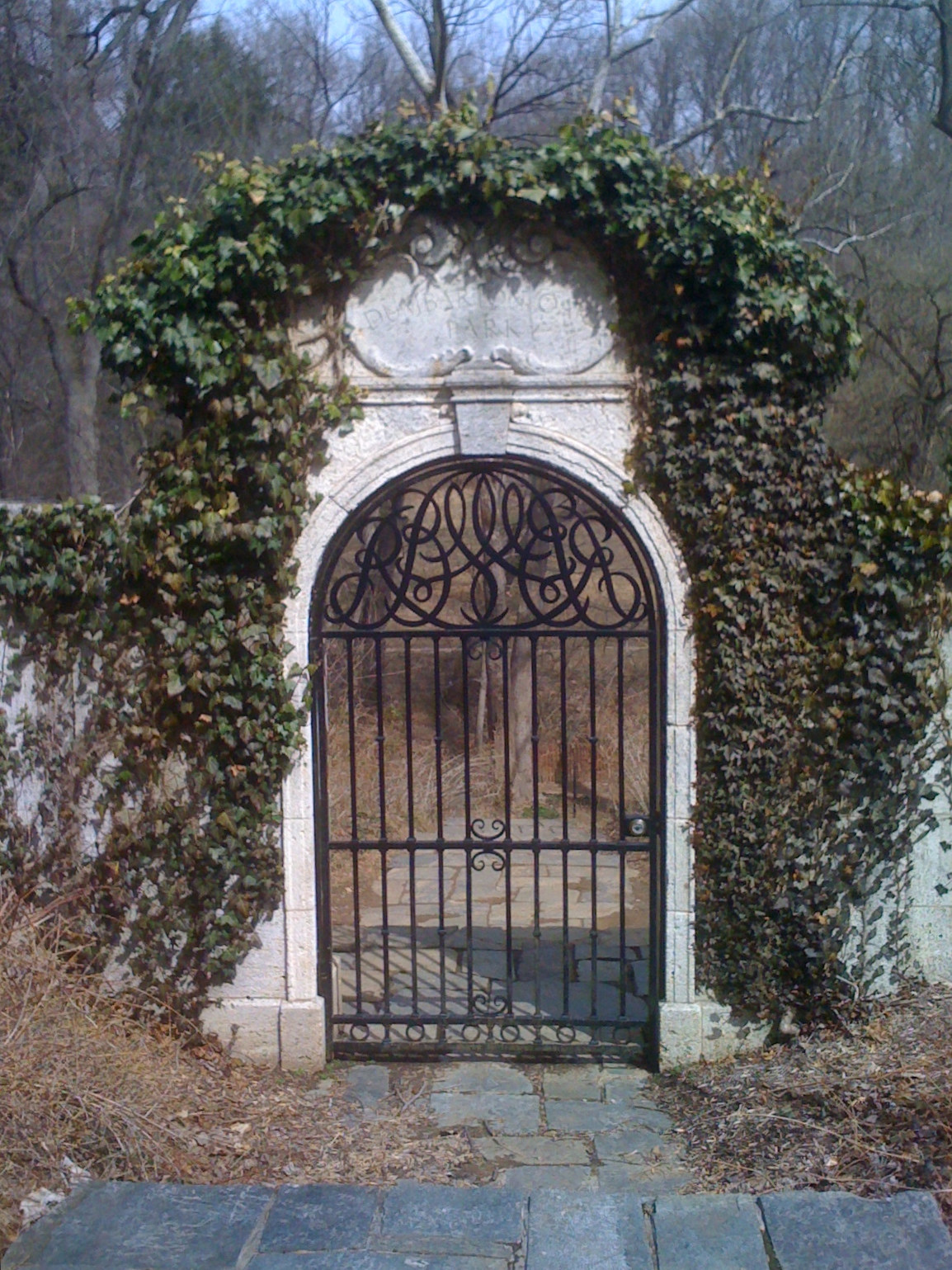Most Recent

Dumbarton Oaks Park Conservancy Marks 70th Anniversary of Dumbarton Oaks Park, Washington, D.C.
New Conservancy to Celebrate 70th Anniversary of the Opening of Dumbarton Oaks Park
Dumbarton Oaks Park, a 27-acre gem in the heart of Georgetown, will receive new support and hope for restoration on Tuesday, April 12, 2011, with the announcement of the formation of the Dumbarton Oaks Park Conservancy. The park was given to the National Park Service by Robert and Mildred Bliss, owners of Dumbarton Oaks, a 53-acre estate, the gardens of which were designed by Beatrix Farrand, one of America’s pre-eminent landscape architects.
On April 12, 1941 Dumbarton Oaks Park opened to the public, as a much-heralded naturalistic garden of meadows, woodland, and a “babbling brook” with 18 waterfalls and dams, creating music throughout the flower-filled landscape.
In the past 70 years, because of storm-water run-off and the proliferation of non- native, invasive plant material, Dumbarton Oaks Park has deteriorated seriously. A hidden valley, located below the Naval Observatory, between Wisconsin, Massachusetts, and R Streets, this rare cultural landscape is little known and seldom understood. Difficult to comprehend as the highly designed work of art that it was, it now offers visitors a valuable understanding of this unique period in American landscape history, the Country Place Era. The park was an inextricable part of the fabric of the larger estate, comprised also of 16-acres of formal gardens, now owned by Harvard University as the Dumbarton Oaks Research Library and Collection, a center for Byzantine, Garden and Landscape, and Pre-Columbian Studies.
Harvard University Professor Emeritus E.O. Wilson, two-time Pulitzer Prize winner, will be the speaker at the Ceremony in the Park on April 12, at 4 p.m. The event will be open to the public. Neighbors of the park will welcome the Dumbarton Oaks Park Conservancy, leading a cooperative effort to restore health, safety and beauty to the unstable landscape. Robin Karson, director of the Library of American Landscape History, writes, “Beatrix Farrand’s ability to ‘keep step with the great stride of Nature’* is hauntingly evident in her design for Dumbarton Oaks Park, one of the most significant examples of the American picturesque in existence. It is thrilling that Farrand’s Arts-and-Crafts gardens will once again have their vital counterpart in the wild garden below- returned to its former state of grace.”
* Beatrix Jones, “The Garden as Picture,” Scribner’s, July 1907.



